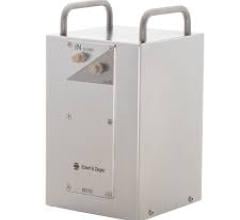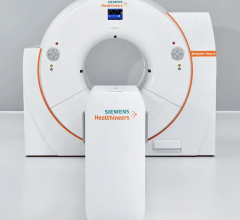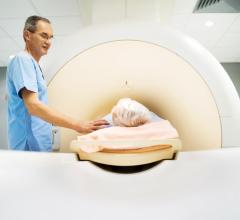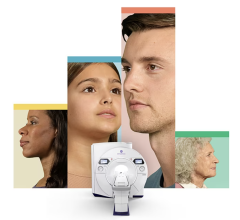June 23, 2009 - The positron emission tomography (PET) core laboratory of the American College of Radiology Clinical Research Center serves a critical role ensuring images and image data from PET scanners used in multicenter clinical trial research meet acceptable standards according to a paper published online June 12 in the Journal of Nuclear Medicine.
This finding was based on a review of the PET scanner qualification program of the American College of Radiology Imaging Network (ACRIN) and reported by the PET core laboratory team of physicists, nuclear medicine physicians and technologists supporting the program.
“Information obtained from PET imaging has increasingly demonstrated its promising role as a non-invasive biomarker for assessing disease status. The goal of the PET qualification program is to insure we are obtaining reliable quantitative and qualitative data across all of the centers participating in PET clinical research,” states lead author Joshua Scheuermann, MS, a clinical physicist at the University of Pennsylvania.
In the past three years, ACRIN has activated a number of clinical trials with PET imaging endpoints and several more are poised to activate in the near future. The PET qualification program requires sites intending to participate in these multi-center trials to demonstrate the scanner to be used in the research protocol meets acceptable calibration standards for obtaining the standardized uptake value (SUV) and production of high quality images. “In the past several years, ACRIN has significantly expanded its PET research, and we are excited about future research projects that will evaluate novel PET radiopharmaceuticals,” says Anthony Levering, RT(R)(CT)(MR),CIIP, an assistant director of the core laboratory. “The PET qualification program provides a high level of confidence regarding the consistent handling of data.”
The authors reviewed data on the qualification of 101 PET scanners for which complete qualification data were available. They reported that, in total, of the 101 scanners to apply for PET qualification from June 2005 through June 2008, 36 sites passed the qualification review with no intervention, 57 sites passed with some type of intervention and eight sites failed and opted not to continue with the qualification process.
“The PET scanner qualification process is rigorous and requires considerable site commitment. Having qualified nearly 170 PET scanners for ACRIN research participation, it was important to evaluate the program to ensure it was making a significant difference in the quality of data collected. These results highlight the importance of a central review of a site’s data and images before data accrued on a PET scanner are used in a multi-center trial,” comments PET core laboratory medical director Barry Siegel, M.D., from Mallinckrodt Institute of Radiology at Washington University School of Medicine.
The PET core laboratory is a key component of the Diagnostic Imaging and Radiation Oncology Core Laboratory of the ACR’s Clinical Research Center located in Philadelphia. The laboratory services the center’s four research entities: ACRIN, the Radiation Therapy Oncology Group, Quality Research in Radiation Oncology, and the ACR Image Metrix.
For more information: www.acrin.org, www.acr-imagemetrix.net, www.rtog.org, www.qrro.org and www.acr-imagemetrix.net


 July 25, 2024
July 25, 2024 








